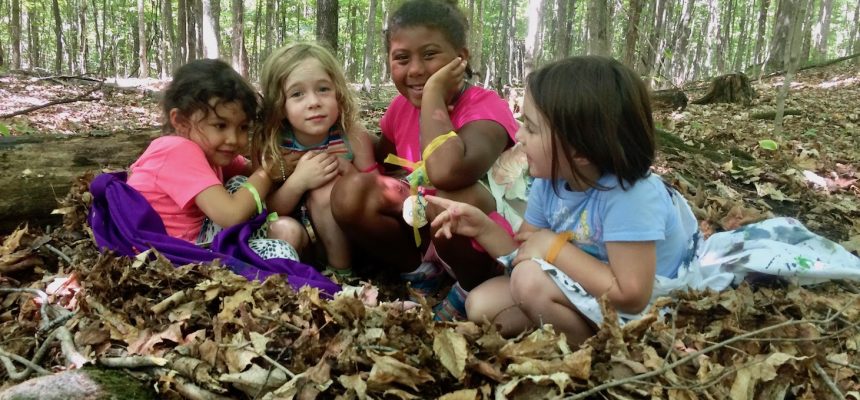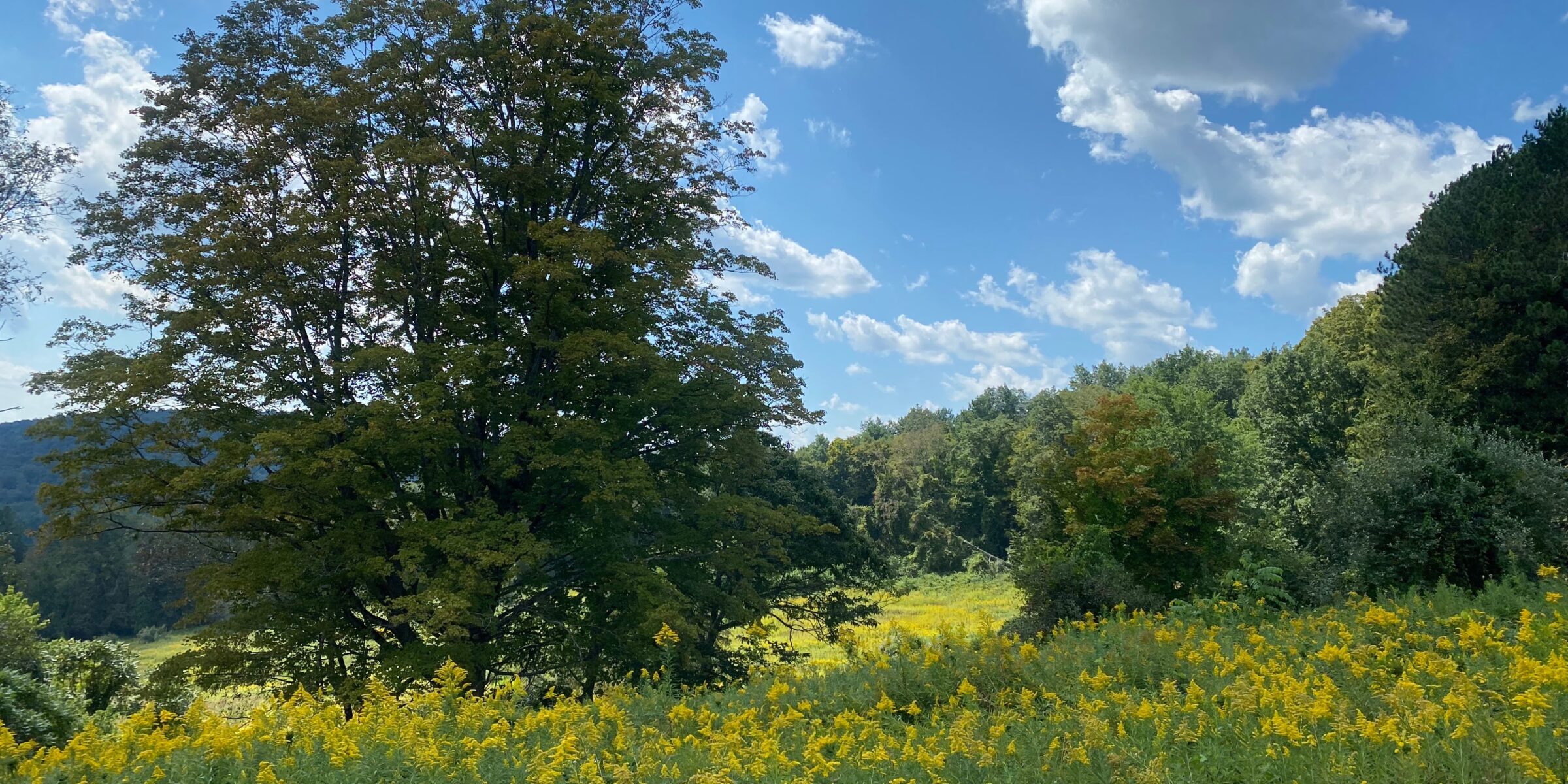
Plant and Animal Survival
Choose from a variety of programs that explore what plants and animals need to survive, and the relationship between these organisms and where they live.
- Beavers – Masterful Engineers
Together we will learn what adaptations beavers have that enable them to create and live in their environment. By focusing on this outstanding example, students gain a deep understanding of how animals can change their environment to meet their survival needs.
Any time of year – In classroom, and visiting a beaver pond if possible.
Length: 1 hour, or 2 hours w/ beaver pond visit
NGSS: Interdependent Relationships in Ecosystems: LS1.C, ESS2.E, ESS3.A
- Habitats Through the Seasons
Investigating what plants and animals are doing in a given season, students explore different habitats to discover the relationships between an organism’s needs and where they live. Each season provides distinct opportunities to observe and role play various species and their needs.
Any time of year – Outdoors, Length: 1 – 2 hours
NGSS: Interdependent Relationships in Ecosystems: LS1.C, ESS2.E, ESS3.A, ETS1
EL: Trees are Alive- Fall Caching: Exploring field and forest students discover where different rodents, such as mice, voles, chipmunks and squirrels, live and their seasonal relationships with their environment.
- Winter Survival: Students will learn four strategies animals use to survive the winter, and gain a better understanding of how plant species cope with winter.
- Winter Track Stories: Go on a winter exploration to observe patterns of who is active in winter and follow their tracks and signs to learn what they need to survive.
- Treemendous Trees: Through games, activities and song, students explore what trees need to survive and how living things depend on trees.
- Spring Nests: Compare two different habitats to discover what a bird needs to survive in spring, and the clues a nest provides as to where it lives.
Pushes and Pulls
Support your study of Forces by examining how pushes and pulls are evident in the natural world.
- Animals at Work
Pushes and Pulls are all around us and it is no different in the natural world. Experiment with pushes and pulls as done by chimpanzees, dung beetles, squirrels, toads, and weaver birds. Include an outdoor portion to the program by taking a hike to search for pushes and pulls in nature.
Any time of year – In classroom, and taking a hike if possible
Length: 1 hour, or 1.5 hours w/ nature hike
NGSS: Forces and Interactions, Pushes and Pulls: PS2.A
